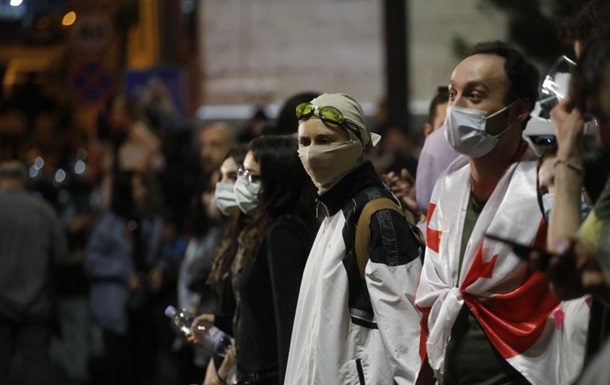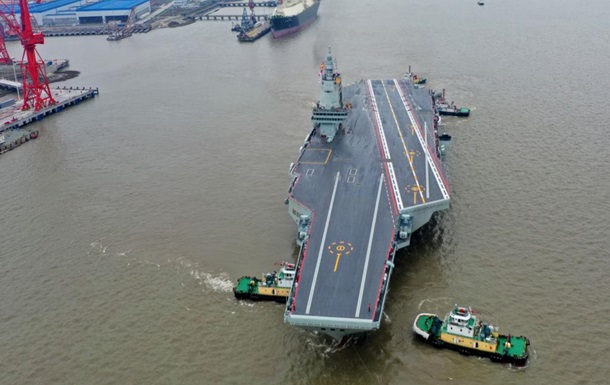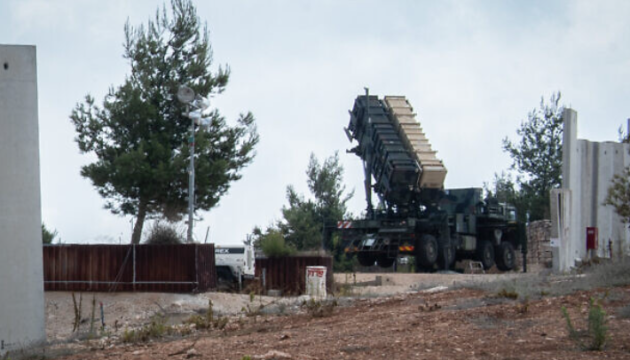The water heater uses a heat source to increase the temperature of incoming cold water from a municipal highway or a well. Heated water is stored in a tank and distributed on demand to showers, bathtubs, sinks, etc.
Several types of water heaters are available:
Water heaters with a tank for storing hot water;
Chamberless water heaters;
Integrated systems of room heating;
Solar water heaters;
Heat pumps for water.
Water heaters are divided into:
Electrical;
Gas;
Complex water supply systems
Integrated water supply systems combine the need for domestic heating with the need for hot water in households, saving money on the overall installation of the system. One boiler is used, requiring only one burner and one ventilation hole. Often these systems use an insulated external storage tank with a high-efficiency, low-mass boiler to heat the water, which is then passed through KEV fan coils (as in a car radiator).
The heater is designed for a sufficient amount of heat to heat the house in the coldest winter. However, in spring, summer and autumn, when heating is not required, the same heater heats only hot water. The effect is a large water heater that works for several months a year with low heat consumption and low efficiency.
One type of integrated system that has existed for many years is a boiler that uses a heat exchanger in the boiler to heat tap water, but without a separate storage tank. Water flows through the coil inside the boiler whenever the water tap is turned on. The disadvantage is that this system is significantly less effective in the warm months, when space heating is not required, as the water must be constantly heated.
Oil water heaters.
Storage tanks are currently the most common type. These systems heat and store water in a tank so that hot water is available for the home at any time. When hot water is drawn from the top of the tank, cold water flows to the bottom of the tank and heats up. The heating source can be electricity, gas or oil.
More efficient storage tank water heaters can perform 40% better than conventional models.
An energy-efficient model usually has one or more of the following functions:
additional insulation of the tank for better heat retention and less loss in standby mode (loss of heat through the walls of the tank)
the best heat exchanger to transfer more heat from the energy source to the water are factory-installed heat traps that allow water to flow into the tank but prevent unwanted hot water from flowing out of the tank.
Energy-saving gas water heaters with gas fuel can include additional design features, such as:
electronic ignition that saves energy
Hood, improved control of the chimney and damper of the chimney, which reduces heat loss through the ventilation hole. Condensing heat exchangers that significantly improve overall efficiency.
Oil water heaters with the latest burners that provide high efficiency and minimal losses.
Solar water heaters
Solar water heaters use solar energy to heat water. Active solar systems, on the other hand, use pumps and controls to move heated water from the collector to the reservoir. In areas where the temperature drops below zero, the liquid in the collectors is usually antifreeze, which then passes through a heat exchanger to heat domestic water.
Solar systems can provide up to 50 percent of the energy needed to heat water for an average household (depending on climatic conditions and water use). Since the sun's energy is free, solar water heaters can significantly reduce household water heating costs - savings that, in turn, can compensate for the higher costs of purchasing and installing a solar system.
Тепловые насосы
Heat pump water heater (HPWH) technology uses electricity to move heat from one place to another, instead of direct heating.
To understand the concept of heat pumps, imagine a refrigerator working in reverse order. While the refrigerator removes heat from the closed box and displaces this heat to the surrounding air, the HPWH transfers heat from the surrounding air to water in a closed tank.
The low-pressure liquid refrigerant evaporates in the evaporator of the heat pump and is transferred to the compressor. As the refrigerant pressure increases, it heats up. The heated refrigerant passes through the condenser coil inside the storage tank, transferring heat to the water stored there. When the refrigerant delivers its heat to the water, it cools and condenses, and then passes through the expansion valve, where the pressure decreases and the cycle begins again.


 855
855












